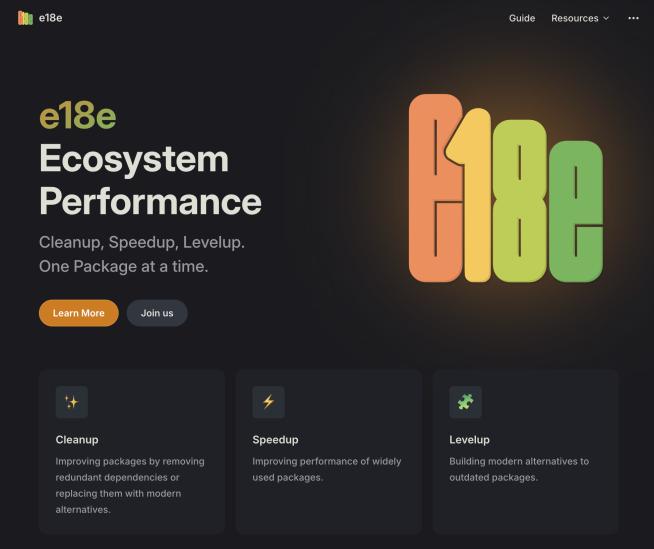Button
🛠 Status: Pilot Phase
Lion Web Components are still in an early alpha stage; they should not be considered production ready yet.
The goal of our pilot phase is to gather feedback from a private group of users.
Therefore, during this phase, we kindly ask you to:
- not publicly promote or link us yet: (no tweets, blog posts or other forms of communication about Lion Web Components)
- not publicly promote or link products derived from/based on Lion Web Components
As soon as Pilot Phase ends we will let you know (feel free to subscribe to this issue https://github.com/ing-bank/lion/issues/1)
lion-button provides a component that is easily stylable and is accessible in all contexts.
Features
Disabled
You can also set a button as disabled with the disabled property.
How to use
Installation
npm i --save @lion/button
import '@lion/button/lion-button.js';
Example
<lion-button>Button Text</lion-button>
Considerations
Why a Web Component?
There are multiple reasons why we used a Web Component as opposed to a CSS component.
- Target size: The minimum target size is 40 pixels, which makes even the small buttons easy to activate. A container element was needed to make this size possible.
- Accessibility: Our button is accessible because it uses the native button element. Having this native button element available in the light dom, preserves all platform accessibility features, like having it recognized by a native form.
- Advanced styling: There are advanced styling options regarding icons in buttons, where it is a lot more maintainable to handle icons in our button using slots. An example is that a sticky icon-only buttons may looks different from buttons which have both icons and text.
Event target
We want to ensure that the event target returned to the user is lion-button, not button. Therefore, simply delegating the click to the native button immediately, is not desired. Instead, we catch the click event in the lion-button, and ensure delegation inside of there.
Flashing a native button click as a direct child of form
By delegating the click() to the native button, it will bubble back up to lion-button which would cause duplicate actions. We have to simulate the full .click() however, otherwise form submission is not triggered. So this bubbling cannot be prevented.
Therefore, on click, we flash a <button> to the form as a direct child and fire the click on that button. We then immediately remove that button. This is a fully synchronous process; users or developers will not notice this, it should not cause problems.
Native button & implicit form submission
Flashing the button in the way we do solves almost all issues except for one.
One of the specs of W3C is that when you have a form with multiple inputs, pressing enter while inside one of the inputs only triggers a form submit if that form has a button of type submit.
To get this particular implicit form submission to work, having a native button in our lion-button is a hard requirement. Therefore, not only do we flash a native button on the form to delegate lion-button trigger to button and thereby trigger form submission, we also add a native button inside the lion-button which type property is synchronized with the type of the lion-button.
Preventing full page reloads
To prevent form submission full page reloads, add a submit handler on the form like so:
<form @submit=${ev => ev.preventDefault()} >
Putting this on the @click of the lion-button is not enough.



